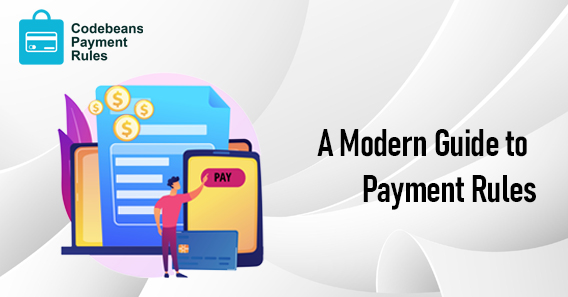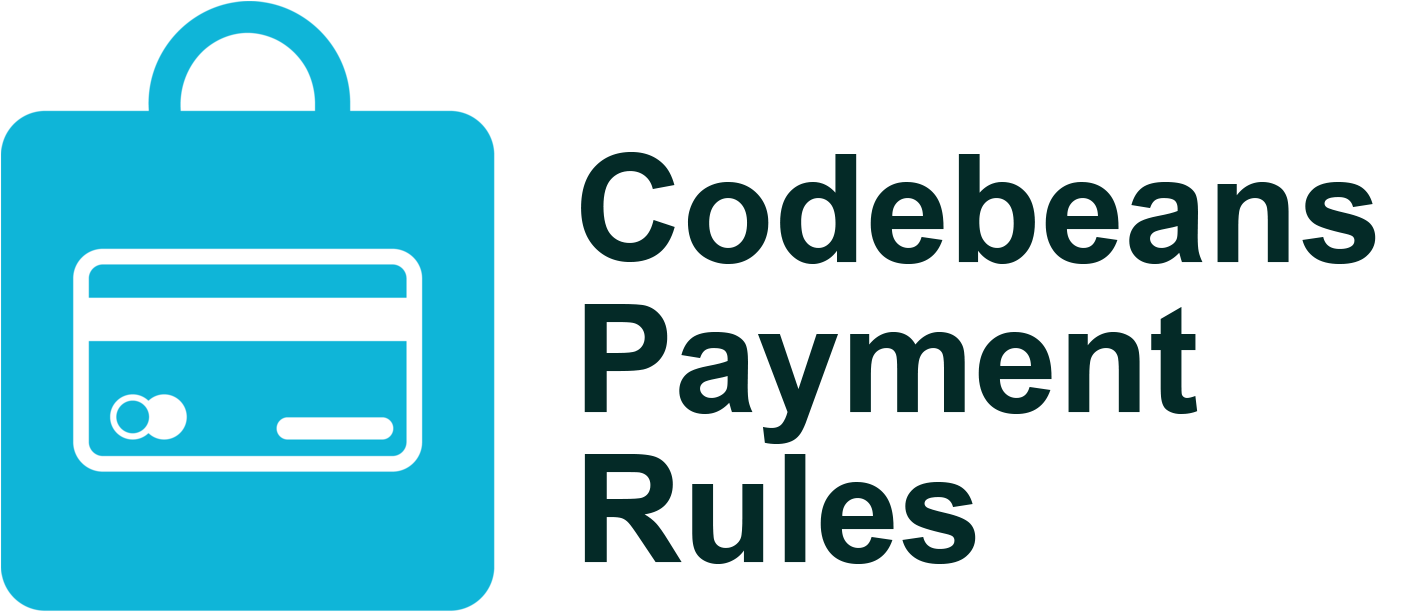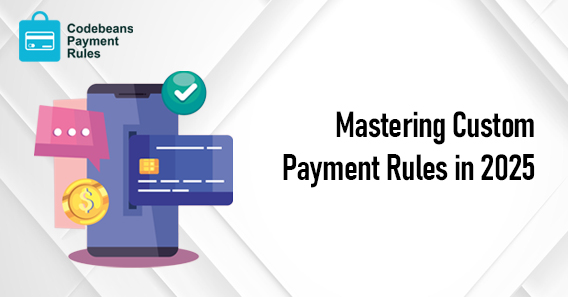Payment Rule Guides
7 months ago
Smart Checkout: A Modern Guide to Payment Rules

READY TO GET STARTED?
Join us, 10+ businesses transforming their user experience with Codebeans Payment Rules.
Choose Plan- Set up in minutes—no coding required.
- 24/7 support to help you every step of the way.
- Boost accuracy and speed at checkout from day one.

